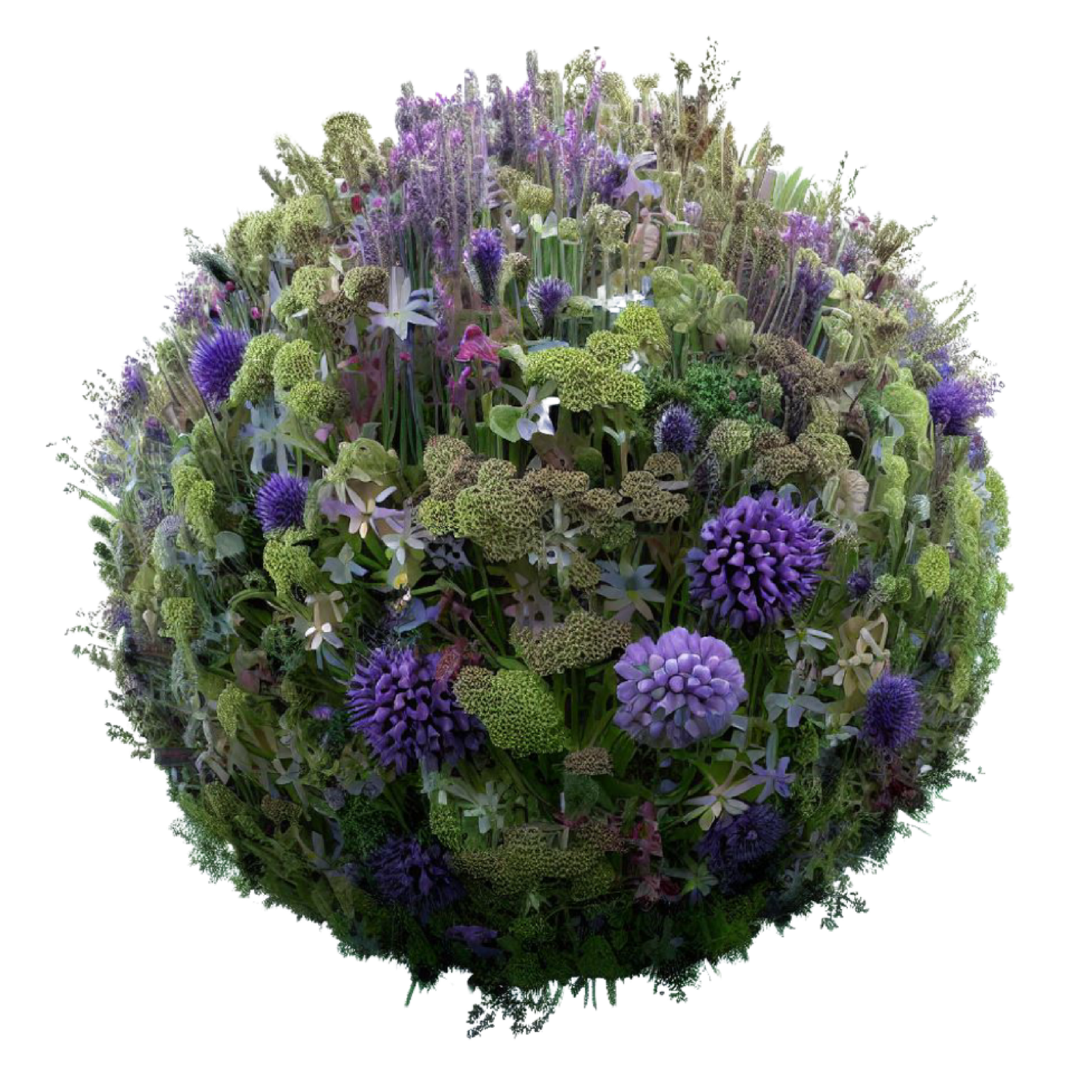I was rather impressed by the Environment Agencies initiatives to reduce waste – as relayed to an audience pulled together by the Raw Foundation, at Bristol’s Create Centre. Did you know that the government organisation used to drive as many miles as the AA? Now they’ve reduced this by 21 million miles a year, as part of their efforts to decrease their carbon footprint. Equally interesting was that 40% of their carbon footprint was caused by pumping water.
 The main theme of the accompanying Making Waves exhibition was about disposable plastics. Melinda Watson, who organised the event, says “nothing better illustrates our throwaway lifestyle, high-carbon economy and waste problems than plastic”. Personally, I have a slightly more sympathetic view on the value of plastics in that I think there are many applications where they actually reduce carbon emissions and improve on energy efficiency. However, I do agree that the disposability of many plastic products is a real problem.
The main theme of the accompanying Making Waves exhibition was about disposable plastics. Melinda Watson, who organised the event, says “nothing better illustrates our throwaway lifestyle, high-carbon economy and waste problems than plastic”. Personally, I have a slightly more sympathetic view on the value of plastics in that I think there are many applications where they actually reduce carbon emissions and improve on energy efficiency. However, I do agree that the disposability of many plastic products is a real problem.
And one of the most serious problems caused by disposable plastics is at sea or on the coast. Another speaker at the Making Waves event was Ian Dunn, Chief Executive of the Galapagos Conservation Trust. He said that micro-plastics, which are ultra small plastic particles have increased exponentially, in the last 40 years. Granulated plastic pellets, which are used as the base material for plastic products are prolific – and combined with other larger plastic items, which have been broken down into micro bits, they’re causing a real problem for wildlife. Animals eat the plastics – and it gets into the food chain – as well as getting tied up with ropes and fishing tackle gear.

As a former oil company executive, Ian was not totally against the $120bn industry. But he’s now working to address some of the impacts of waste on the Galapagos. He explained that plastics on the island are largely shipped back to their host nation – Ecuador – and often put into open landfill sites. Presumably, some of rubbish would then be blown back in the sea and may well have be returned to the Galapagos on the currents.
Now, the Galapagos is increasingly dealing with it’s own waste as far as possible. No small challenge, given that this wildlife sanctuary has a human population that far exceeds it’s carrying capacity. It currently stands at 30,000 and rising, with 40% of its inhabitants being under the age of 14, as well as hosting 200,000 tourists each year.
The key objectives of the Galapagos Conservation Trust is to change behaviour. And that’s was also the recommendation from Jane Stephenson of Resource Future, who was another speaker at the event. She highlighted the confusion that people have over what to do with their waste plastics.
This problem is exacerbated by having different collection and disposal systems in local authorities around the country. But it’s also difficult because people think they’re doing the right thing, for example by throwing biodegradable plastics into recycling facilities, when actually they’re causing significant problems. Degradable plastics can actually contaminate recycling systems and mean that whole batches have to be discarded, rather than recycled. One interesting snippet from Jane was that black plastic food trays are not recyclable (and cause problems in the system), whereas the other colours are OK. Isn’t it bizarre that the food industry haven’t just switched away from using black?
Making Waves highlighted the problems of our disposable society. And all the speakers made it clear that we shouldn’t just be thinking about what we do with our waste, we should be producing much less of it.


